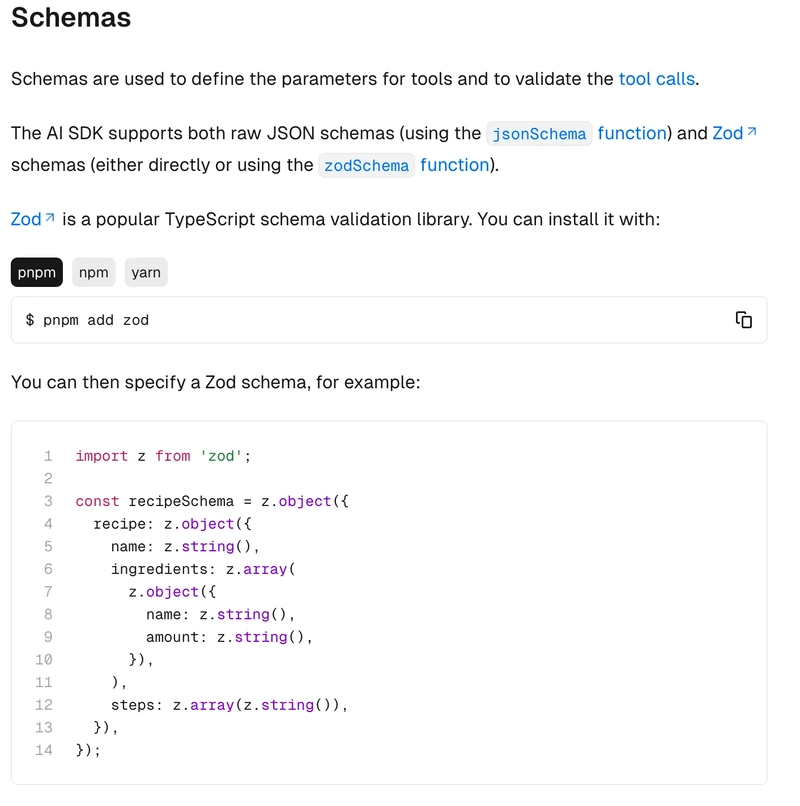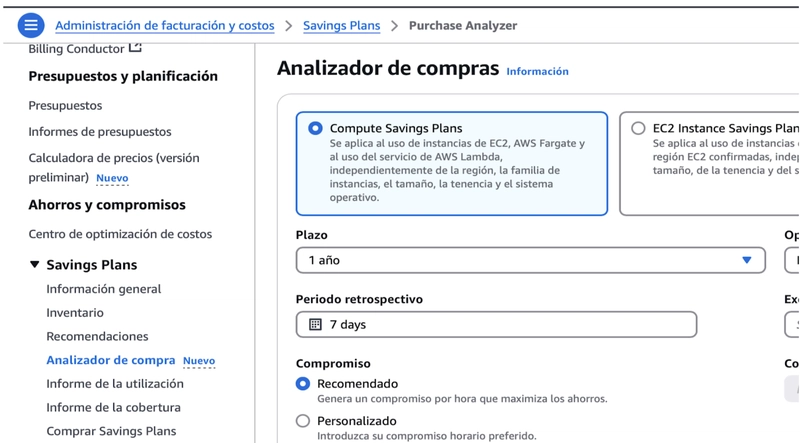Navigating Hosting Challenges: Essential Strategies for U.S. Digital Entrepreneurs
Navigating Hosting Challenges: Essential Strategies for U.S. Digital Entrepreneurs In the fast-paced world of digital entrepreneurship, choosing the right hosting service can make or break your online success. Freelancers, developers, web agencies, and eCommerce business owners must navigate a myriad of hosting options, each presenting unique challenges and opportunities. Understanding these challenges and implementing effective strategies can lead to improved performance, higher customer satisfaction, and ultimately, greater profitability. Here are essential strategies that can help you overcome common hosting challenges. Assessing Your Hosting Needs Before diving into the ocean of hosting options, it’s vital to assess your specific needs. The first step is to ask yourself: What kind of website are you running? Is it a simple portfolio, a complex web application, or an eCommerce store? Each type requires different resources. Traffic Volume: Estimate your anticipated traffic. For instance, a personal blog might thrive on shared hosting, whereas an eCommerce site likely requires VPS or dedicated hosting to handle increased traffic during peak times. Resource Requirements: Consider the technologies you plan to use. Will your site run on PHP and MySQL, or do you need support for Node.js? Knowing your technology stack will help narrow down your options. Growth Potential: Think about your future needs. A hosting plan that fits today may not be adequate tomorrow. Look for scalable solutions that allow you to upgrade without significant downtime or migration hassles. By thoroughly understanding your needs, you can select a hosting plan tailored to your business’s unique requirements, minimizing the risk of performance issues down the line. Selecting the Right Hosting Type After assessing your needs, the next challenge is selecting the right type of hosting. Here’s a brief overview of the most popular options: Shared Hosting: Ideal for small websites with low traffic, shared hosting is cost-effective but can lead to performance issues as resources are shared among multiple websites. VPS Hosting: A step up from shared hosting, VPS (Virtual Private Server) offers dedicated resources and improved performance. It’s suitable for businesses experiencing moderate traffic and looking for more control. You can explore VPS options here. Dedicated Hosting: For high-traffic websites and applications requiring maximum performance, dedicated hosting provides an entire server solely for your use. This option offers the highest level of control, but it comes at a higher price point. Cloud Hosting: This flexible solution allows you to pay for only the resources you use. It’s perfect for businesses that experience variable traffic and want to ensure optimal performance without overspending. Choosing the right hosting type based on your needs can greatly minimize the risk of website downtime, slow loading speeds, and other performance issues. Monitoring and Optimizing Performance Once you've selected your hosting plan, the journey doesn't end there. Continuous monitoring and optimization are vital to ensure your site runs smoothly. Here are some essential practices: Use Performance Monitoring Tools: Tools like Google PageSpeed Insights, GTmetrix, and Pingdom can help you track your website’s speed and performance, pinpointing areas for improvement. Implement a Content Delivery Network (CDN): A CDN can significantly enhance your site’s loading speed by caching content closer to your users. This is especially crucial for eCommerce sites where speed can directly impact sales. Regularly Update Software: Keeping your CMS, plugins, and themes updated not only enhances security but also improves performance. Outdated software can lead to slow loading times and vulnerabilities. Optimize Images and Files: Large files can slow down your site. Use image compression tools and minify CSS/JavaScript files to enhance loading speeds. Backup Your Data: Regular backups are crucial in case of hosting failures or security breaches. Ensure your hosting provider offers reliable backup solutions. By implementing these strategies, you can effectively tackle common hosting challenges, ensuring your digital presence remains strong and resilient. In conclusion, navigating hosting challenges requires a keen understanding of your needs, careful selection of hosting types, and ongoing performance optimization. By taking these steps, you’ll not only enhance your website’s efficiency but also provide a better experience for your users — a crucial aspect of running a successful online business.

Navigating Hosting Challenges: Essential Strategies for U.S. Digital Entrepreneurs
In the fast-paced world of digital entrepreneurship, choosing the right hosting service can make or break your online success. Freelancers, developers, web agencies, and eCommerce business owners must navigate a myriad of hosting options, each presenting unique challenges and opportunities. Understanding these challenges and implementing effective strategies can lead to improved performance, higher customer satisfaction, and ultimately, greater profitability. Here are essential strategies that can help you overcome common hosting challenges.
Assessing Your Hosting Needs
Before diving into the ocean of hosting options, it’s vital to assess your specific needs. The first step is to ask yourself: What kind of website are you running? Is it a simple portfolio, a complex web application, or an eCommerce store? Each type requires different resources.
Traffic Volume: Estimate your anticipated traffic. For instance, a personal blog might thrive on shared hosting, whereas an eCommerce site likely requires VPS or dedicated hosting to handle increased traffic during peak times.
Resource Requirements: Consider the technologies you plan to use. Will your site run on PHP and MySQL, or do you need support for Node.js? Knowing your technology stack will help narrow down your options.
Growth Potential: Think about your future needs. A hosting plan that fits today may not be adequate tomorrow. Look for scalable solutions that allow you to upgrade without significant downtime or migration hassles.
By thoroughly understanding your needs, you can select a hosting plan tailored to your business’s unique requirements, minimizing the risk of performance issues down the line.
Selecting the Right Hosting Type
After assessing your needs, the next challenge is selecting the right type of hosting. Here’s a brief overview of the most popular options:
Shared Hosting: Ideal for small websites with low traffic, shared hosting is cost-effective but can lead to performance issues as resources are shared among multiple websites.
VPS Hosting: A step up from shared hosting, VPS (Virtual Private Server) offers dedicated resources and improved performance. It’s suitable for businesses experiencing moderate traffic and looking for more control. You can explore VPS options here.
Dedicated Hosting: For high-traffic websites and applications requiring maximum performance, dedicated hosting provides an entire server solely for your use. This option offers the highest level of control, but it comes at a higher price point.
Cloud Hosting: This flexible solution allows you to pay for only the resources you use. It’s perfect for businesses that experience variable traffic and want to ensure optimal performance without overspending.
Choosing the right hosting type based on your needs can greatly minimize the risk of website downtime, slow loading speeds, and other performance issues.
Monitoring and Optimizing Performance
Once you've selected your hosting plan, the journey doesn't end there. Continuous monitoring and optimization are vital to ensure your site runs smoothly. Here are some essential practices:
Use Performance Monitoring Tools: Tools like Google PageSpeed Insights, GTmetrix, and Pingdom can help you track your website’s speed and performance, pinpointing areas for improvement.
Implement a Content Delivery Network (CDN): A CDN can significantly enhance your site’s loading speed by caching content closer to your users. This is especially crucial for eCommerce sites where speed can directly impact sales.
Regularly Update Software: Keeping your CMS, plugins, and themes updated not only enhances security but also improves performance. Outdated software can lead to slow loading times and vulnerabilities.
Optimize Images and Files: Large files can slow down your site. Use image compression tools and minify CSS/JavaScript files to enhance loading speeds.
Backup Your Data: Regular backups are crucial in case of hosting failures or security breaches. Ensure your hosting provider offers reliable backup solutions.
By implementing these strategies, you can effectively tackle common hosting challenges, ensuring your digital presence remains strong and resilient.
In conclusion, navigating hosting challenges requires a keen understanding of your needs, careful selection of hosting types, and ongoing performance optimization. By taking these steps, you’ll not only enhance your website’s efficiency but also provide a better experience for your users — a crucial aspect of running a successful online business.











































































































































































![[The AI Show Episode 143]: ChatGPT Revenue Surge, New AGI Timelines, Amazon’s AI Agent, Claude for Education, Model Context Protocol & LLMs Pass the Turing Test](https://www.marketingaiinstitute.com/hubfs/ep%20143%20cover.png)














































































































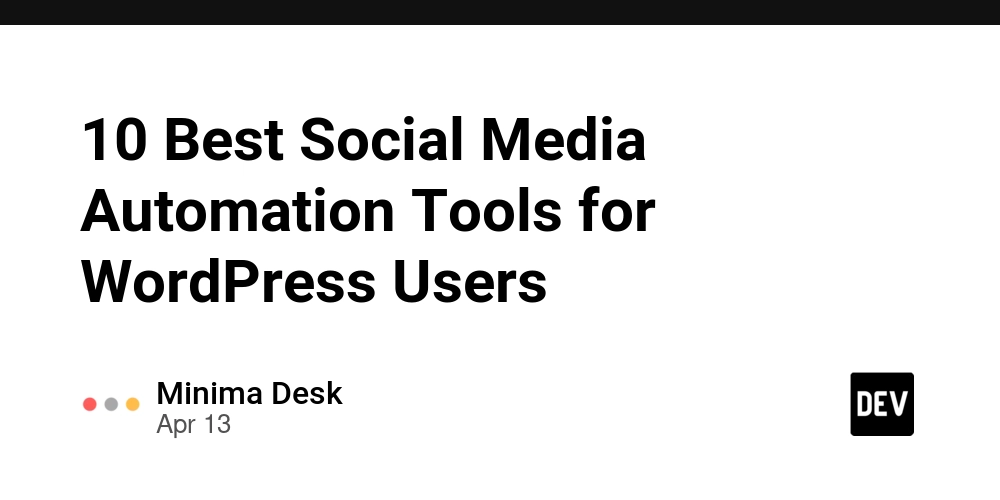
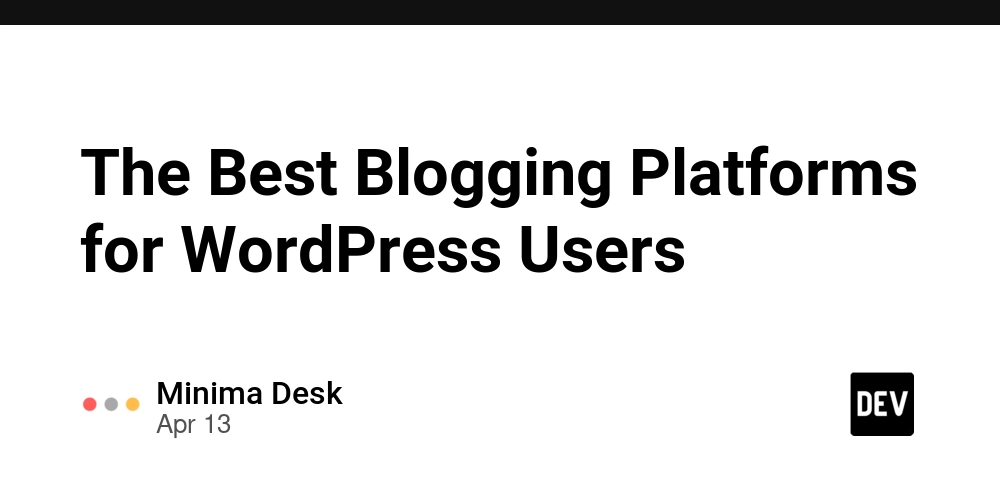










![[DEALS] Microsoft Visual Studio Professional 2022 + The Premium Learn to Code Certification Bundle (97% off) & Other Deals Up To 98% Off](https://www.javacodegeeks.com/wp-content/uploads/2012/12/jcg-logo.jpg)



![From Accountant to Data Engineer with Alyson La [Podcast #168]](https://cdn.hashnode.com/res/hashnode/image/upload/v1744420903260/fae4b593-d653-41eb-b70b-031591aa2f35.png?#)






































































































.png?#)

























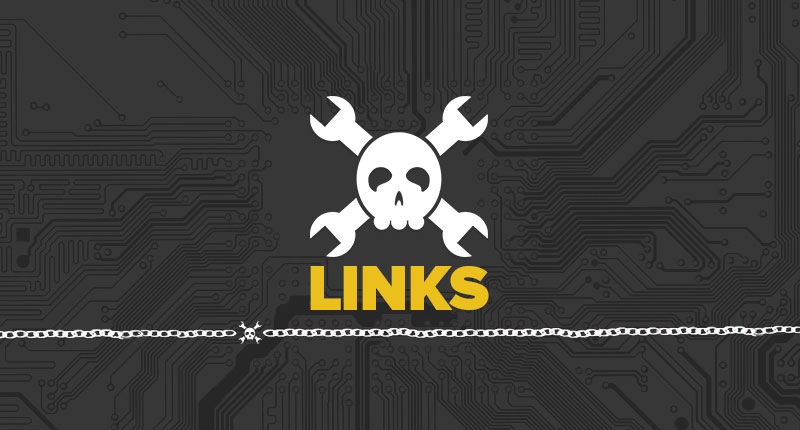











































































































![What Google Messages features are rolling out [April 2025]](https://i0.wp.com/9to5google.com/wp-content/uploads/sites/4/2023/12/google-messages-name-cover.png?resize=1200%2C628&quality=82&strip=all&ssl=1)










![iPadOS 19 Will Be More Like macOS [Gurman]](https://www.iclarified.com/images/news/97001/97001/97001-640.jpg)
![Apple TV+ Summer Preview 2025 [Video]](https://www.iclarified.com/images/news/96999/96999/96999-640.jpg)
![Apple Watch SE 2 On Sale for Just $169.97 [Deal]](https://www.iclarified.com/images/news/96996/96996/96996-640.jpg)

































































































































